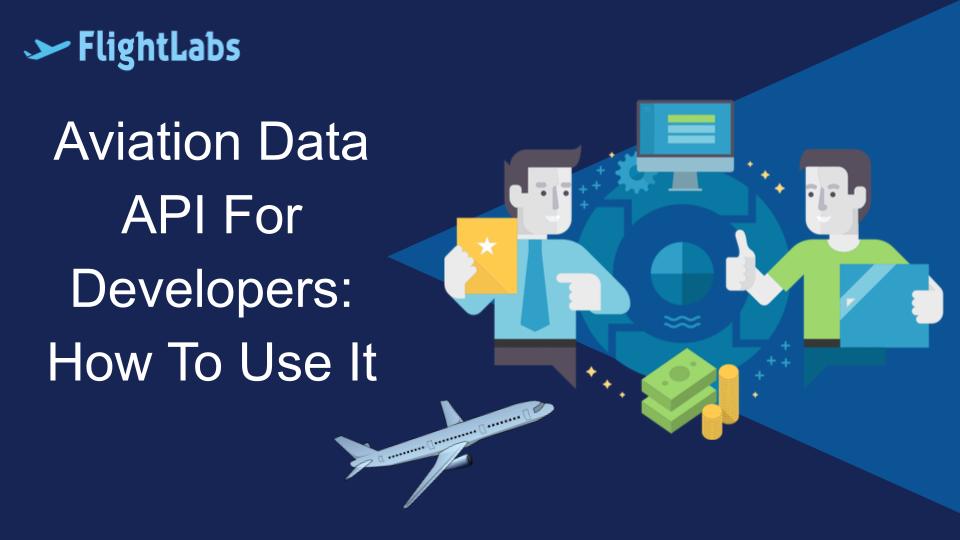Aviation Data API For Developers: How To Use It

Welcome to the world of Aviation Data API, where innovation meets aviation excellence. As developers, understanding the intricate workings of Aviation Data APIs is paramount. These APIs are not just data sources; they are the lifeblood of modern aviation development.
The importance of aviation data cannot be overstated in today's dynamic digital landscape. It fuels the creation of groundbreaking applications, revolutionizing how we interact with flight information and shaping the future of air travel technology.
Overview of Aviation Data APIs
Aviation Data APIs play a crucial role in modern air travel technology, providing developers with access to a vast array of aviation data. These APIs, such as the air flight status tracker API and aircraft data API, offer real-time information on flights, airports, and more. Developers can harness this data to create innovative solutions, from airline routes API to flight tracker API python, enhancing the efficiency and accuracy of flight management systems.

Getting started with FlightLabs is an exciting journey into the realm of aviation technology. Here's a guide to help you begin:
- Choosing the Right API Provider: Start by researching and evaluating different providers offering air flight status tracker API, aircraft API, and other relevant APIs. Consider factors like data accuracy, coverage, and developer support.
- Signing Up and Getting API Access: Once you've selected a provider, sign up for an account and follow their process to gain access to the APIs you need.
- API Documentation and Resources: Dive into the comprehensive API documentation provided by your chosen provider. Familiarize yourself with endpoints, parameters, and authentication methods. Explore available resources such as SDKs, code samples, and support forums to streamline your integration process.
Integration with applications is a seamless process with FlightLabs. Developers can enhance their systems through:
- Web Application Integration: Integrate real-time flight data directly into web applications for instant updates and tracking.
- Mobile App Integration: Enhance user experience by incorporating flight tracking features into mobile apps using the FlightLabs.
- Customization and Configuration: Tailor the APIs to meet specific needs, from customizing data displays to configuring alerts and notification
When utilizing aviation APIs such as FlightLabs and aircraft API, adhere to best practices for optimal outcomes:
- Data Security Measures: Implement robust security protocols to protect sensitive information transmitted via APIs.
- Handling API Errors: Develop error-handling mechanisms to gracefully manage and communicate API errors for smooth user experience.
- Optimization Techniques: Employ optimization strategies to enhance API performance and minimize latency for users.

Case Studies: Successful Implementations
Explore real-world success stories and impactful implementations of aviation data APIs through compelling case studies. Witness how theFlightLabs revolutionized flight tracking accuracy, or how Airplanes API enhanced route planning for airlines. Discover the seamless integration of airport data API in travel applications, optimizing user experience and industry efficiency. These examples underscore the transformative potential of leveraging advanced aviation APIs in modern aviation systems.
Future Trends and Developments
The future of FlightLabs is poised for exciting advancements, shaping the evolution of APIs and introducing innovative features. Predictions indicate air flight status tracker API will integrate AI for real-time updates, while airline routes API evolves for dynamic route planning. Enhanced data historical flights API will fuel predictive analysis, and Airport Schedules API will optimize airport operations. These trends forecast a dynamic landscape for aviation APIs, driving efficiency and enhancing user experiences.